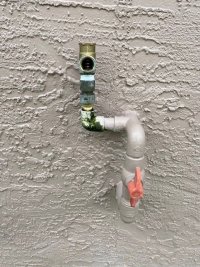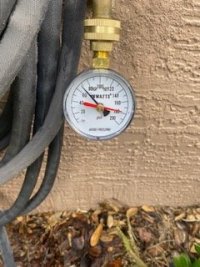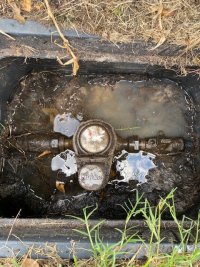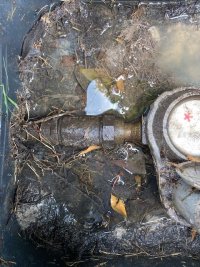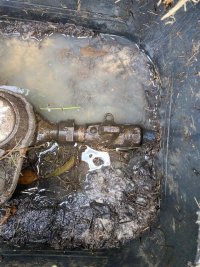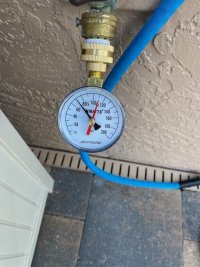Hello,
the main water in to the house has a Relief Valve on it. It was leaking, so I replaced it a few weeks ago and didn't think much about it. But I checked it just now and it is still leaking. SO either the new one is defective...or...?? What would cause it to leak if it isn't defective. It is a slow drip, but it is nevertheless there. Unless the main pressure to the house is too high, I am not sure why it is still leaking. It's odd to just have that problem start after 21 years in the house.
Thanks,
Greg
the main water in to the house has a Relief Valve on it. It was leaking, so I replaced it a few weeks ago and didn't think much about it. But I checked it just now and it is still leaking. SO either the new one is defective...or...?? What would cause it to leak if it isn't defective. It is a slow drip, but it is nevertheless there. Unless the main pressure to the house is too high, I am not sure why it is still leaking. It's odd to just have that problem start after 21 years in the house.
Thanks,
Greg
Attachments
Last edited:

